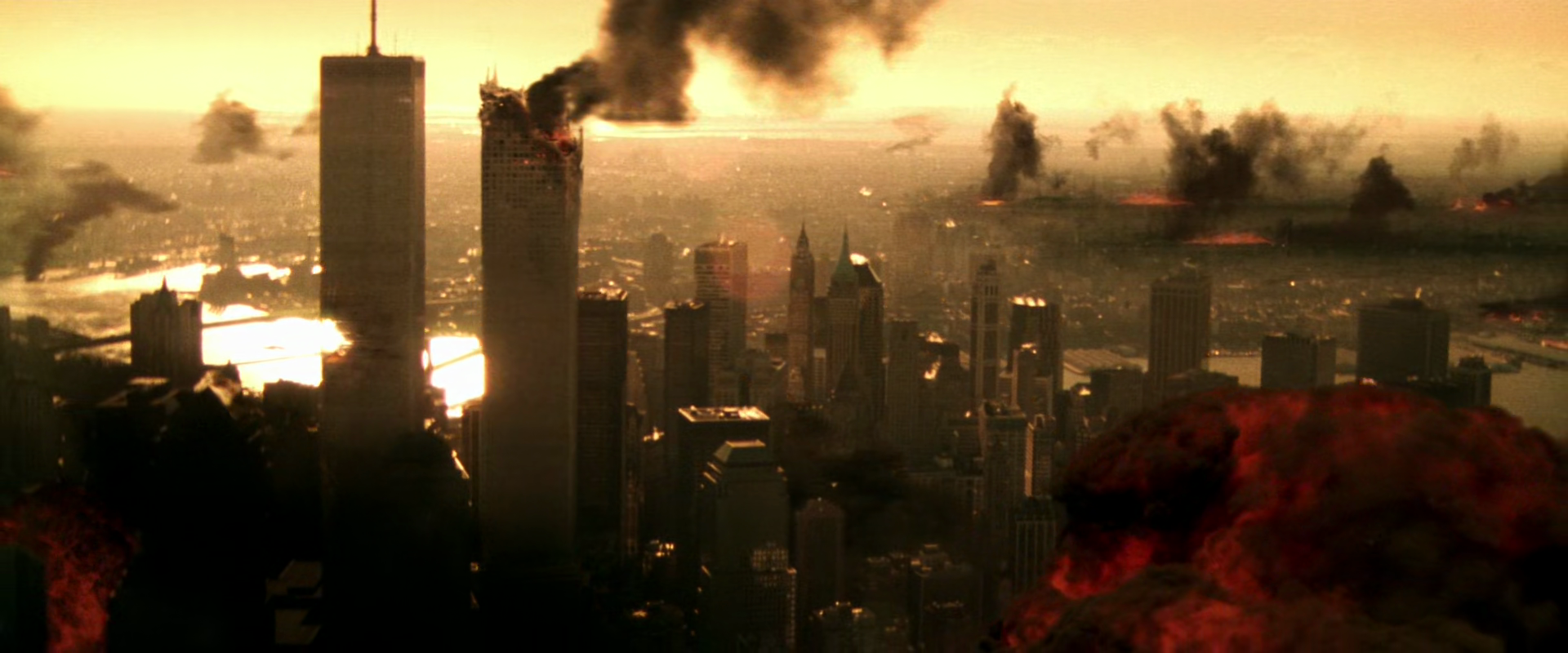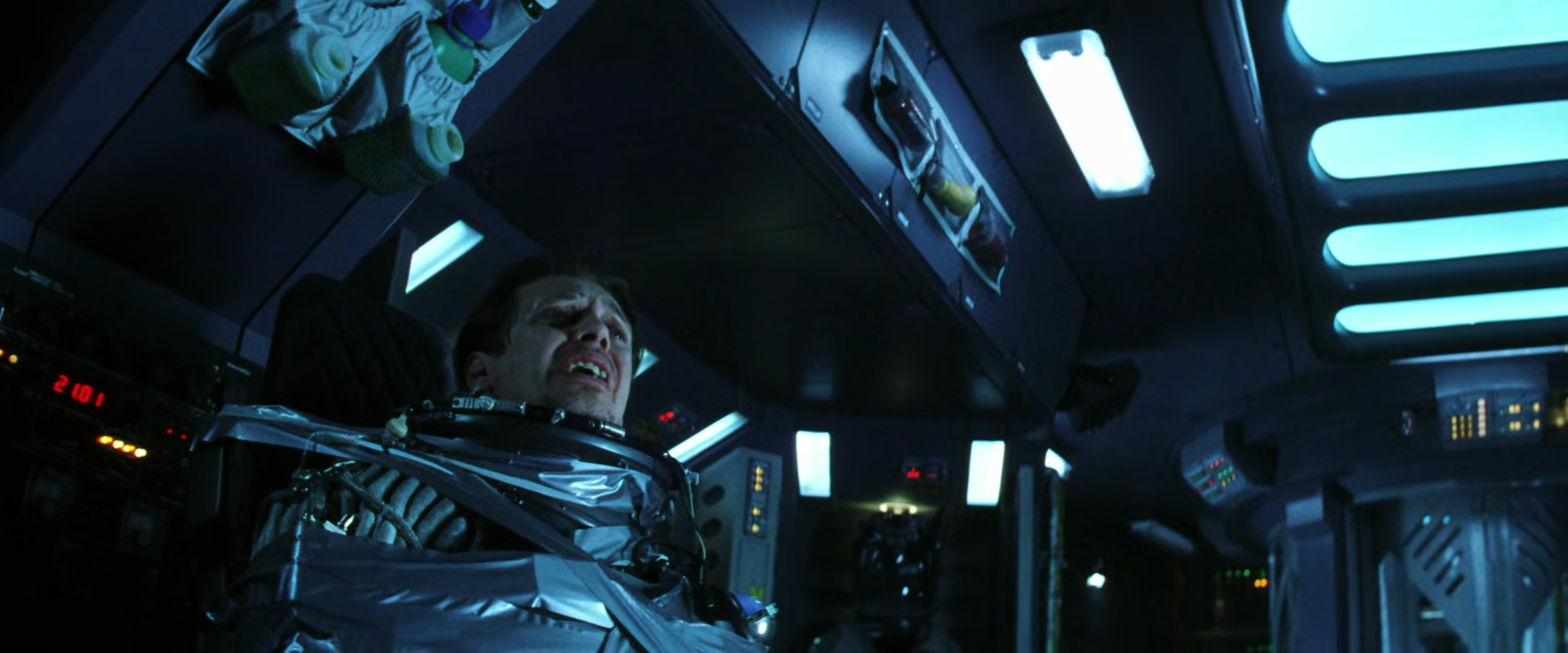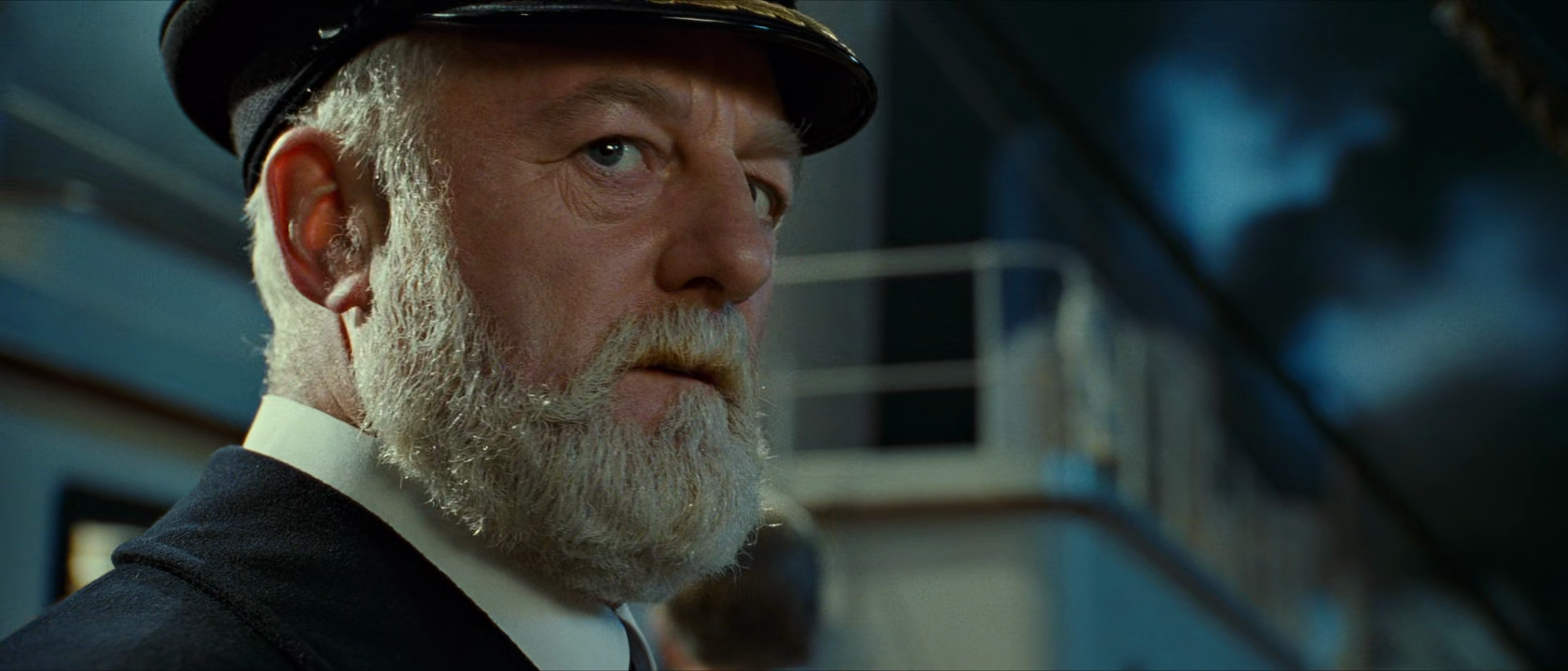It’s not unusual for two studios to launch similarly themed movies at roughly the same time, back in 1997 we had the Tommy Lee Jones film Volcano up against Dante’s Peak starring Pierce Brosnan duking it out in cinemas, and then a year later the Meteor disaster film Deep Impact opened, which was then quickly followed by this Michael Bay blockbuster Armageddon, a film that tried to answer the question “Could Bruce Willis punch an asteroid hard enough to save the Earth?”
First of all, let's talk about the plot, which seems to imply that the best way to stop an asteroid from colliding with Earth is to send a bunch of oil drillers into space to blow it up with a nuclear bomb. Sure, why not? Clearly, NASA has no idea how to handle space stuff so they have to rely on a group of goofy roughnecks who spend their days drinking beer and drilling for oil. In fact, while on set, Ben Affleck even asked Michael Bay 'Why is it easier to train oil drillers to become astronauts, than it is to train astronauts to become oil drillers?” and he was simply told to “Shut the fuck up.” This is a sensible attitude if you are an egomaniac like Michael Bay, who never met a slow-motion camera move he didn’t like, as he is a man who would never let things like facts or logic get in the way of his filmmaking style, but that doesn’t solve the problem of the film’s biggest issue, which is its inability to make a lick of sense. Note: Like most movies about asteroids threatening the Earth, which our heroes must somehow prevent, the film still requires some “disaster porn” so we’ll always get smaller meteorites hitting the Earth to give us some cool scenes of destruction.
Note: Like most movies about asteroids threatening the Earth, which our heroes must somehow prevent, the film still requires some “disaster porn” so we’ll always get smaller meteorites hitting the Earth to give us some cool scenes of destruction.
The movie opens with Charlton Heston’s narration explaining how 65 million years ago an asteroid wiped out most of the life on Earth and how it’s only a matter of time before it happens again. We then flash forward to the orbiting Space Shuttle Atlantis being destroyed by a meteor shower which is then followed by more entering the atmosphere and bombarding New York City. From NASA Mission Director Dan Truman (Billy Bob Thornton) we learn that a Texas-sized asteroid will impact Earth in 18 days, causing an event that will once again wipe out all life on the planet and the only way to stop it is for someone to fly up there and a drill a hole into the asteroid, into which they will insert and detonate a nuclear bomb to destroy the asteroid. But who could accomplish such a perilous mission? How about a ragtag bunch of misfits led by the world’s number one deep-core driller, Harry Stamper (Bruce Willis), who will beat all the odds in every dramatically clichéd way imaginable?
 The Bad News Bears go to Outer Space.
The Bad News Bears go to Outer Space.
The cast of Armageddon is rather fun, if not at all believable in their respective careers as Harry’s employees are not just regular blue-collar Joes, not at all, they are an eccentric collection of oddballs who will attempt to bring humour into this rather dire situation. First, we have Chick Chapel (Will Patton) who is Harry’s best friend and right-hand man, then there are geologists Rockhound (Steve Buscemi) and Oscar Choice (Owen Wilson) and drillers Bear Curlene (Michael Clarke Duncan), Freddie Noonan (Clark Brolly), Max Lennert (Ken Campbell) and finally we have A.J. Frost (Ben Affleck) who has been secretly dating Harry's daughter Grace (Liv Tyler), something that Harry will strenuously object to in a very volatile manner. But why exactly did the filmmakers think a romance would be a key ingredient to the success of this film, simply put, James Cameron’s Titanic had just reaped a shit-ton of money at the box office and it was beefed up with a romantic subplot, so clearly romance equals boffo box office. Watching this film it’s not surprising to learn that nine different writers worked on the script and this forced romance stuff is just another example of how big studios work.
 Ben Affleck would later go on to save the world in Pearl Harbor.
Ben Affleck would later go on to save the world in Pearl Harbor.
Simply put, the biggest issue with Armageddon is the script as the dialogue is often cheesy and contrived with poorly developed characters, and while the film attempts to create an emotional connection between the audience and these people it fails to do so due to the lack of depth and nuance, a typical trait found in many of Bay’s films. The movie relies too heavily on cliches and stereotypes, with the characters falling into typical Hollywood archetypes and they are nothing more than a collection of over-the-top characters who are so ridiculous that they make the characters in Dodgeball look like sane and balanced people. Bruce Willis plays your typical tough and no-nonsense leader of the drilling team, with Ben Affleck providing the counterpoint as the cocky young buck who thinks he knows everything while trying to bang the boss’s daughter, but then we have Steve Buscemi as the wisecracking weirdo who is somehow an expert in everything from astrophysics to deep-sea fishing, sure, that makes sense. This leaves the audience feeling indifferent to the characters' fates, which undermines the film's overall impact.
 Steve Buscemi giving his most restrained performance yet.
Steve Buscemi giving his most restrained performance yet.
Stray Observations:
• Harry fires A.J. for sleeping with his daughter and then the next time we see him he’s got his own drilling company, but as this couldn’t have been more than a day or two later I’m not sure how that’s even remotely feasible.
• If the asteroid is actually “The size of Texas” there would be nothing we here on Earth could throw at it that would do any good. It would require the energy equivalent of billions of times the current nuclear stockpile to destroy it.
• Despite Truman’s claim that they didn’t spot the asteroid because “It’s a big ass sky” space observation technology would have definitely noticed this particular meteor shower before it even reached 1,000 miles from Earth, also, an asteroid the size of Texas would appear bright enough in the sky for NASA to see it coming months away from a possible impact.
• Truman asks the NASA doctor “Can they physically survive the trip? That’s all I need to know here.” But if that’s the case what was the point of all the psychological testing they were put through?
• You can play a drinking game where you take a drink every time you see an American flag, of course, as this is a Michael Bay this could result in alcohol poisoning.
• The nuclear detonation turns this Texas-sized asteroid into hundreds, if not thousands of smaller meteors, that are now headed for Earth. Many of these would breach the atmosphere and cause untold devastation.
 Lucky for us, our heroes are able to ignore things like physics and geology.
Lucky for us, our heroes are able to ignore things like physics and geology.
As you might expect from a Michael Bay film, Armageddon is a visual delight, with stunning special effects and jaw-dropping action sequences that will leave you breathless, of course, if you are looking for a science fiction movie that is remotely believable, or even makes sense, then this not the film for you as the plot on hand is so absolutely ludicrous and makes a film like Battlefield Earth look like a thoughtful view of the future. And let's not forget the emotional moments, which are so cheesy and overblown that they'll make you cringe with laughter. Liv Tyler's teary-eyed goodbye to her dad, as he heads off to save the world, is a particular highlight, as is the scene where Affleck and Tyler make out in front of a giant American flag - everyone takes a drink. I will admit, there were some good moments in this film and I particularly liked the character of the Russian cosmonaut Lev Andropov (Peter Stormare) who in a better film, would have been the hero.
 Peter Stormare is the biggest gem this movie has to offer.
Peter Stormare is the biggest gem this movie has to offer.
Despite these flaws, Armageddon does have some redeeming qualities. The movie has some truly impressive special effects-laden action sequences and it also has a very memorable soundtrack, featuring the hit song "I Don't Want to Miss a Thing" by Aerosmith. While the film falls short in terms of scientific accuracy, character development and representation it is certainly a visually remarkable film, it simply lacks the substance and nuance required to be truly great. In short, Armageddon is a hilarious disaster movie that is so ridiculous that it’s almost impossible not to get at least some fun out of it while watching all the insanity unfold. Just don't try to make sense of it, or you'll end up with a headache. Note: NASA actually shows this film during their management training program, with new managers given the task of trying to spot as many errors as possible. At least 168 have been found. So say what you will about this film, at least it’s helping out the space program, even if it’s in a “God, don’t do it that way!” manner.
Note: NASA actually shows this film during their management training program, with new managers given the task of trying to spot as many errors as possible. At least 168 have been found. So say what you will about this film, at least it’s helping out the space program, even if it’s in a “God, don’t do it that way!” manner.












































